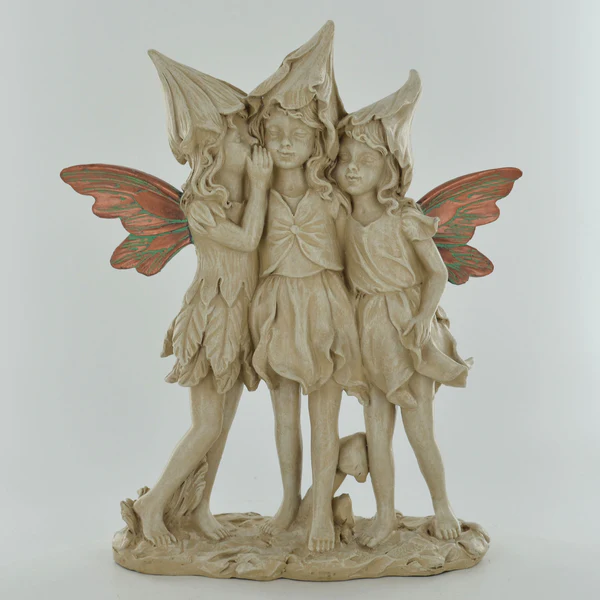Sculpture, one of the oldest forms of artistic expression, has captivated humanity for millennia. From the imposing statues of ancient civilizations to the avant-garde creations of modern artists, sculptures have the power to evoke emotions, provoke thought, and transcend cultural boundaries. In this blog post, we embark on a journey through the fascinating world of sculptures, exploring their history, significance, and enduring allure.
The Origins of Sculpture: The origins of sculpture can be traced back to prehistoric times when early humans carved figures from stone, bone, and wood. These primitive sculptures served various purposes, from religious rituals to storytelling and self-expression. Over time, as civilizations emerged and flourished, sculpture evolved into a sophisticated art form, with monumental works adorning temples, palaces, and public spaces.
Ancient Marvels: Some of the most iconic sculptures in history hail from ancient civilizations such as Egypt, Greece, and Rome. From the majestic Sphinx of Giza to the graceful Venus de Milo, these masterpieces continue to inspire awe and wonder centuries after their creation. Each sculpture tells a story of its time, reflecting the values, beliefs, and artistic techniques of the culture that produced it.
The Renaissance and Beyond: The Renaissance marked a resurgence of interest in classical art and culture, leading to a renewed focus on sculpture as a medium of expression. Visionary artists like Michelangelo, Donatello, and Bernini pushed the boundaries of sculpture, creating lifelike figures and dynamic compositions that epitomized the ideals of humanism and beauty. As the centuries progressed, sculpture continued to evolve, embracing new materials, styles, and subjects.
Modern and Contemporary Sculpture: In the modern era, sculpture underwent radical transformations, as artists experimented with abstraction, minimalism, and conceptualism. From the avant-garde works of Pablo Picasso and Constantin Brâncuși to the monumental installations of Anish Kapoor and Louise Bourgeois, contemporary sculpture encompasses a diverse range of styles and approaches. Today, sculptors continue to push the boundaries of the medium, exploring new techniques, materials, and themes in their quest for artistic expression.
The Power of Sculpture: What is it about sculpture that continues to captivate us? Perhaps it’s the tactile nature of the medium, inviting us to touch, feel, and experience the artwork in a visceral way. Or maybe it’s the ability of sculpture to transcend language and culture, speaking to universal truths and emotions that resonate with people from all walks of life. Whatever the reason, there’s no denying the enduring power and allure of sculpture as a form of artistic expression.
Conclusion: As we conclude our exploration of the world of sculptures, we’re reminded of the profound impact that these timeless works of art have had on humanity throughout history. From the monumental achievements of ancient civilizations to the groundbreaking innovations of contemporary artists, sculpture continues to inspire, challenge, and provoke us in equal measure. Whether it’s a classical masterpiece or a cutting-edge installation, sculpture reminds us of the enduring power of creativity to shape our world and enrich our lives.


